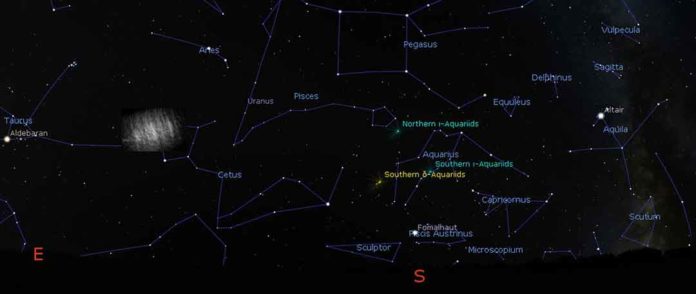A team of Hungarian astronomers and physicists has confirmed that there are two faint dust satellites floating about 400,000 km away from Earth. In a new study, astronomers identified a decades-old report by Kazimierz Kordylewski who, in 1961, proposed the existence of ghostly clouds that form between the Earth and the Moon.
As the satellites are extremely faint, it is quite difficult to observe them and thus the study caused controversy at the time.
There is almost five points of stability exist between Earth and Moon that where gravitational forces maintain the relative position of objects located there. Among these five, two points named L4 and L5 also called Moon, and move around the Earth as the Moon moves along its orbit.
Though, these two points are unstable and distributed by the gravitational force of the sun. Moreover, they are also known for collecting the interplanetary dust.

In 1961, Kordylewski observed two dust clusters but due to the extreme faintness, it was difficult to examine them and thus many scientists doubted their existence.
During this study, scientists created a mathematical simulation to figure out how dust clouds will be formed and how they might be detected from Earth. They found that a dust cloud, even a temporary one, is totally possible within in the L5.
They then set out to find the dust clouds. With a linearly polarising filter system attached to a camera lens and CCD detector at Slíz-Balogh’s private observatory in Hungary (Badacsonytördemic), the scientists took exposures of the purported location of the Kordylewski cloud at the L5 point.
After long study, they found that the polarized light reflected from the dust cloud that extends well beyond the camera lens’ field of view.
Judit Slíz-Balogh comments on their discovery: “The Kordylewski clouds are two of the toughest objects to find, and though they are as close to Earth as the Moon are largely overlooked by researchers in astronomy. It is intriguing to confirm that our planet has dusty pseudo-satellites in orbit alongside our lunar neighbor.”
The new work appears in the journal Monthly Notices of the Royal Astronomical Society.
